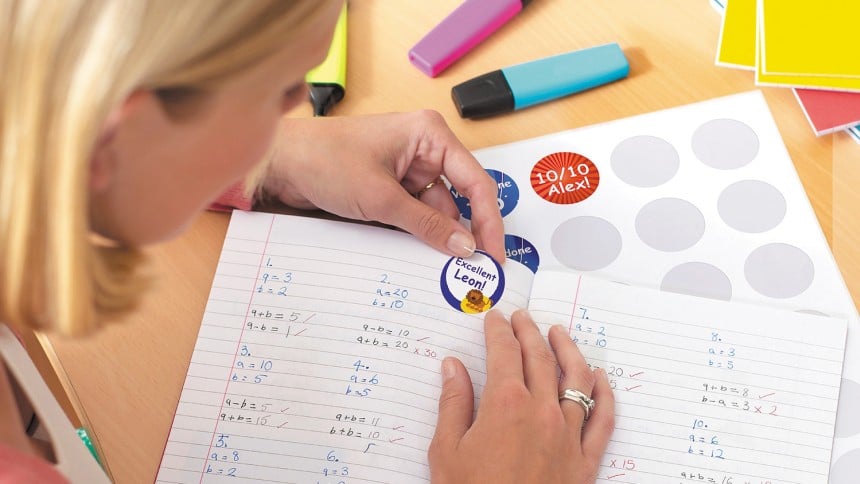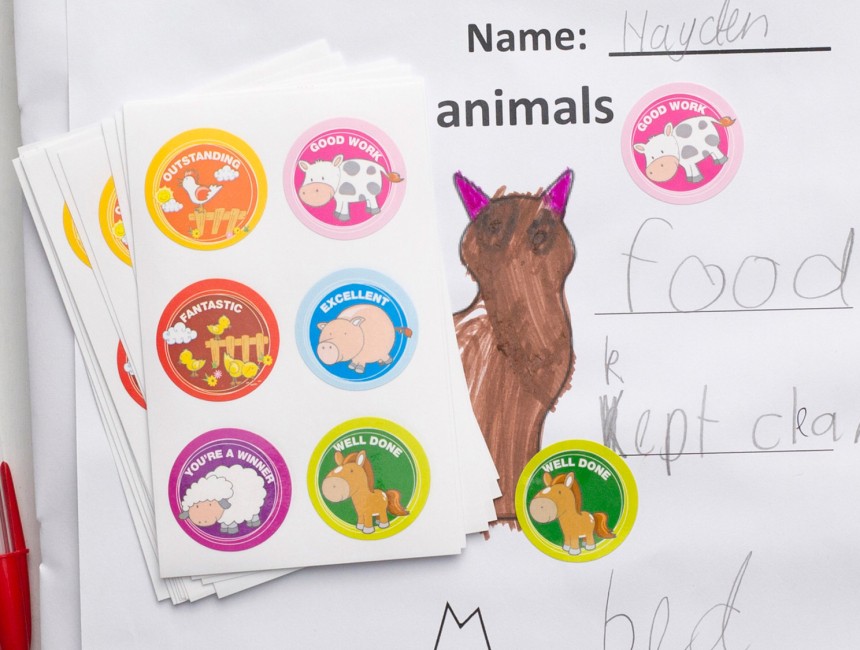Encourage Change in Your Child With a Merit Chart
Desperate to get your kids helping out around the house? Potty training? Just want to encourage good manners? A short-term behaviour modification plan can bring out the best in your children. Think of it as a learning tool to help your child move forward to a new level of social development. Using a reward system means your child sees a benefit too!


Step 1: Identify Desirable and Undesirable Behaviours
Instructions: Make a list of the behaviours your child needs to learn. These could be specific like using the toilet or tidying their room, or more generic like honesty and sharing. You could include a list of behaviours you want your child to stop exhibiting, such as tantrums and talking back. Adjust the number of behaviours being covered off to the age of your child. It needs to be simple enough for them to understand easily.
Step 2: Identify Rewards That Will Resonate With Your Child
Instructions: Set rewards that you know will entice your child to take part. This may be as simple as a sticker for each ‘achievement’ (with lots of praise), with the option of a larger reward at the end of the week like pocket money, or something that means a lot to your child (like play time on the computer).
Keep the chart system motivating by rewarding privileges based on the number of stickers earned. Maybe you'll offer 15 minutes of computer time for 10 stickers and 30 minutes for 15 stickers.
Step 3: Create a Visible Tracking Chart
Instructions: Create a chart to mark your child’s successes – either by hand, or using a Microsoft® Excel® spreadsheet. Give your chart a title. In the first cell of each row state the specific behaviour (like ‘tidy room’), using one row per behaviour. Along the top allocate each day of the week (or whatever timeframe you prefer). You can also insert images and colour the column and row titles to make the chart more interesting. You can now print your chart and stick it in a prominent place in the home, at a height that your child can easily reach.
Step 4: Place Stickers on Your Calendar
Instructions: As your child achieves his or her behavioural objectives, reward them in the agreed manner. So if you decided to reward them with a sticker for every time they use the potty, or every time they get through the day without a tantrum, go ahead! If you are trying to avoid negative behaviour you may also mark them down for poor behaviour. You could have a line for ‘tantrums’ and black out a box for every one they have. A tantrum could equal two stickers, meaning they reduce their overall end of week reward as a result. Alternatively, turn a negative into a positive by rewarding them for getting through a whole day without a tantrum.
Avery Merit Stickers are perfect for merit charts. We have a wide range of stickers available for all ages to make your chart fun and exciting.
Step 5: Introduce the System to Your Child in a Positive Way
Instructions: Most kids enjoy a behavioural system because it helps them know what is expected of them in a structured, but fun way. Explain that you want them to learn good behaviour and habits, and this is a way to do it.
Step 6: Enjoy the New Behaviour Your Child is Now Modelling
Instructions: Sit back and enjoy the fruits of your labour now that your child is learning to do all those things you've been trying to get him or her to do for ages!

